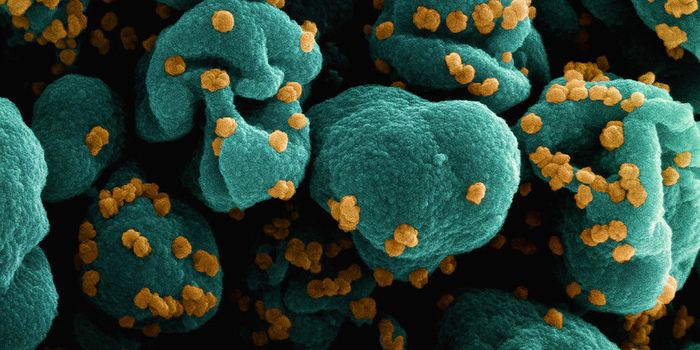New Mitochondrial Disease Identified in Identical Twins
A new mitochondrial disease has been identified after a pair of identical twins were showing an unusual symptom. Despite eating far more calories than needed, the twins were underweight. Doctors became concerned when, at 2 months old, the twins began presenting with other health issues including pulmonary disease and high body temperature.
Through exome sequencing, researchers were able to trace the twins’ symptoms to a previously unknown mitochondrial disease. The researchers have proposed the name mitochondrial uncoupling syndrome to describe the disease, which presents with uncoupled mitochondria along with hypermetabolism.
Mitochondria function to generate chemical energy to power biochemical reactions that occur on a cellular level. This energy is then stored in a molecule called adenosine triphosphate (ATP) until the cell utilizes it. Mitochondria are critical in cellular processes and as a result, diseases that affect the mitochondria typically affect many organs and functions in the body.
The mitochondrial disease identified in these twins is especially unusual to researchers. In most mitochondrial diseases, mitochondrial function is interrupted in some way and the mitochondrial ability to generate chemical energy becomes less efficient. In this case, the mitochondria are hyperactive and generate just as much chemical energy, though they cannot efficiently store it in the form of ATP.
Vamsi K. Mootha, MD and senior author on the paper, says that “these cases are very important for the field of rare disease genetics, mitochondrial biology, and metabolism... this is a highly unusual mitochondrial phenotype. There are more than 300 rare genetic mitochondrial diseases, and nearly all of them are associated with an interruption of mitochondria.
This case study could impact future research on mitochondrial disease and spark research into a newly discovered class of diseases related to mitochondrial coupling.
Sources: The New England Journal of Medicine, National Human Genome Research Institute








